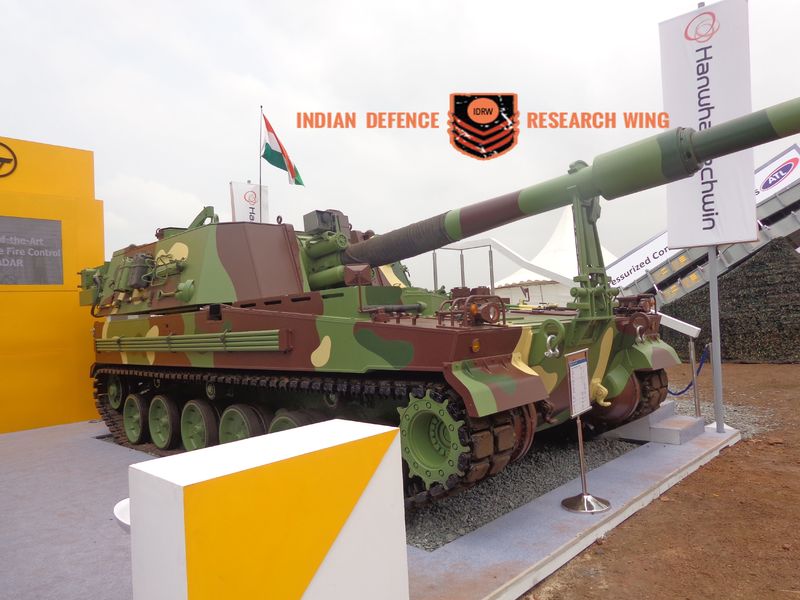SOURCE: RAUNAK KUNDE / NEWS BEAT / IDRW.ORG


The Indian Army is on the cusp of significantly bolstering its artillery firepower with the acquisition of an additional 100 K-9 Vajra self-propelled howitzers (SPH). This move comes as a natural progression from the successful induction of the first batch of 100 units, which have already proven their mettle in the challenging desert terrain.
However, the evolving geopolitical landscape, particularly the ongoing conflict in Ukraine, has prompted the Army to reassess its artillery requirements. The increasing emphasis on mobility and survivability on the modern battlefield has led to a potential surge in demand for self-propelled artillery systems. Consequently, the Army is now contemplating an even more ambitious target of procuring up to 400 K-9 Vajra SPHs, necessitating an additional order of 200 units.
The initial batch of K-9 Vajra SPHs was optimized for desert warfare, primarily targeting the western border with Pakistan. The upcoming order will incorporate winterization kits, enhancing the system’s performance in the harsh high-altitude conditions prevailing along the Line of Actual Control (LAC) with China.
While 200 additional units would undoubtedly strengthen the Army’s artillery capabilities, it may not be sufficient to counter a full-fledged conflict on either front. This has led to speculation about a potential doubling of the order size.
Interestingly, the original Indian attempt at developing a self-propelled howitzer, the Arjun-based Bhim, ended in failure due to corruption allegations surrounding the foreign howitzer component. This episode underscores the challenges faced by Indigenous development efforts in the defence sector.
In a related development, the original K-9 manufacturer, South Korea, has replaced the German MTU engine with a locally developed powerplant, indicating a growing trend towards self-reliance in critical components.
As the Army fine-tunes its artillery modernization plans, the choice between procuring additional K-9 Vajra SPHs or pursuing an Indigenous development path will be a crucial decision with far-reaching implications for India’s defence preparedness.
NOTE : Article cannot be reproduced without written permission of idrw.org in any form even for YouTube Videos to avoid Copy right strikes. Websites doing illegal reproductions will get DMCA and Legal Notices.